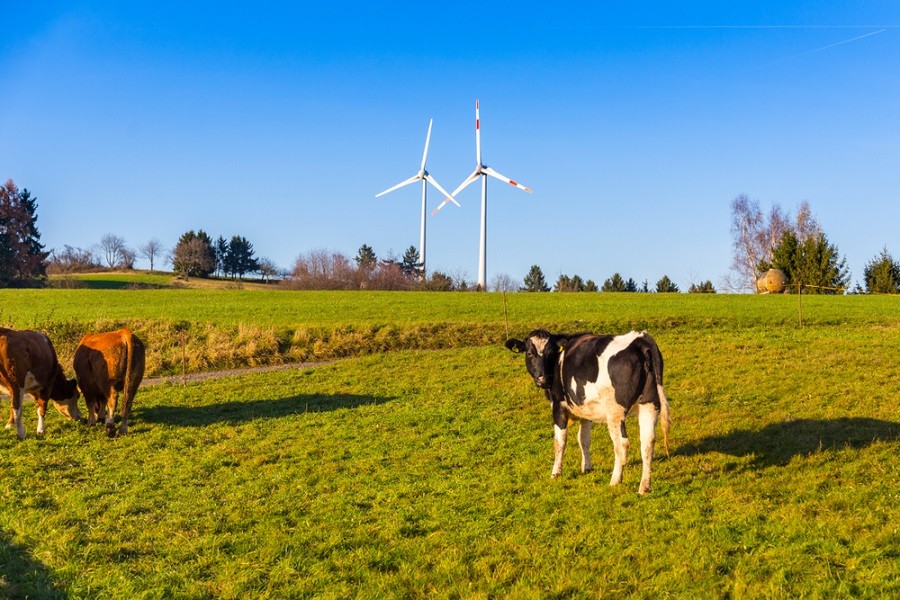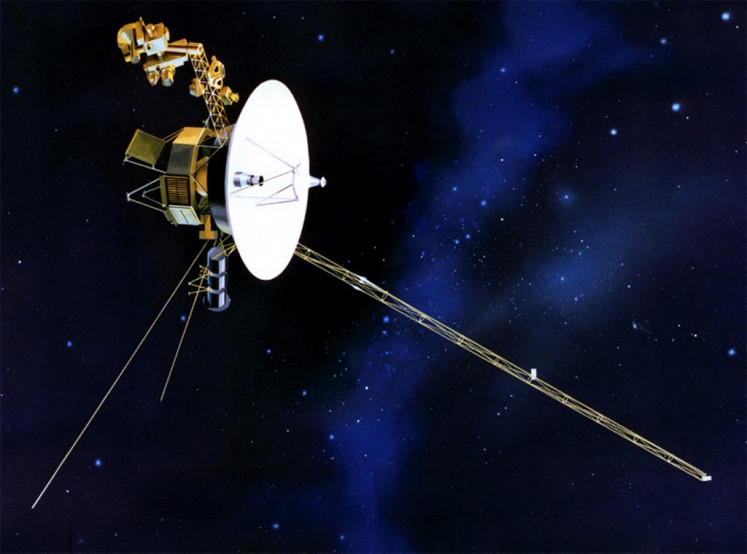Add cow manure to your list of renewable energy sources
Cow manure can be mixed with traditional natural gas and used for heat.
Change Size
 Cow manure is considered potential for power, when it is mixed with traditional natural gas and used for heat. (Shutterstock/Marcel Conrad)
Cow manure is considered potential for power, when it is mixed with traditional natural gas and used for heat. (Shutterstock/Marcel Conrad)
T
he average Holstein cow produces over 100 pounds of manure a day. It’s a lot of poop. It’s also a lot of potential power.
On some farms, that energy is already being collected: The manure's tossed into an anaerobic digester system where gas concentrates and then has to be stripped of water, carbon dioxide and other elements before being mixed with traditional natural gas and used for heat.
David Simakov, assistant professor of chemical engineering at the University of Waterloo in Ontario, is working to make that process more efficient. He and his colleagues are researching ways to boost the energy content of this raw biogas with a refining process that uses hydrogen in a chemical reaction to convert carbon dioxide into methane. This conversation doubles the production rate of the older separation techniques, producing so much renewable natural gas that the volume could be stored and eventually used as a natural battery. As a bonus, the new method results in lower carbon dioxide emissions.
“We’re not inventing any chemical reaction or process,” said Simakov, who co-authored a paper on biogas published in January in the International Journal of Energy Research, said in an interview. It’s just “a bit of engineering” to lower the cost of the refining, he said.
Ironically, producing the hydrogen needed for the chemical reaction takes a lot of electricity and constitutes the most expensive input in the whole process. The key to making it economically viable? Renewable power from solar, wind or hydroelectric sources.
Read also: Pertamina renewable investment portion to reach 15 percent by 2030
Methanation, as the process is called, can be viewed as a way to improve the performance of solar or wind power, according to Patrick Serfass, executive director of the American Biogas Council. Wind and solar power is intermittent and must be stored for use at times when there is no sun or wind. Rather than storing that power in batteries, it can be used to create renewable natural gas that can be utilized during those energy gaps. The process can “bridge the variability of wind and solar with the reliability of energy from biogas systems,” Serfass said.
Manure, you see, is just a smelly natural battery.
Simakov’s research is still three to five years from producing renewable natural gas economically, but the eventual payoff is promising. The U.S. has the potential to produce enough raw biogas to power 7.5 million homes and reduce emissions that contribute to global warming by equivalent of as many as 15.4 million vehicles, according to the biogas council.
Overall, more than 2,200 sites in the U.S. produce biogas, with the potential to add 13,500, according to the biogas council. Europe has more than 10,000 operating digesters, and some communities are already essentially fossil fuel-free because of them.
“The potential is very big because, once we have this technology for converting animal waste, we can apply it at other places, such as landfill sites,” Simakov said.









